Family Honours: Showcasing heraldry in the Senate Speaker’s chambers
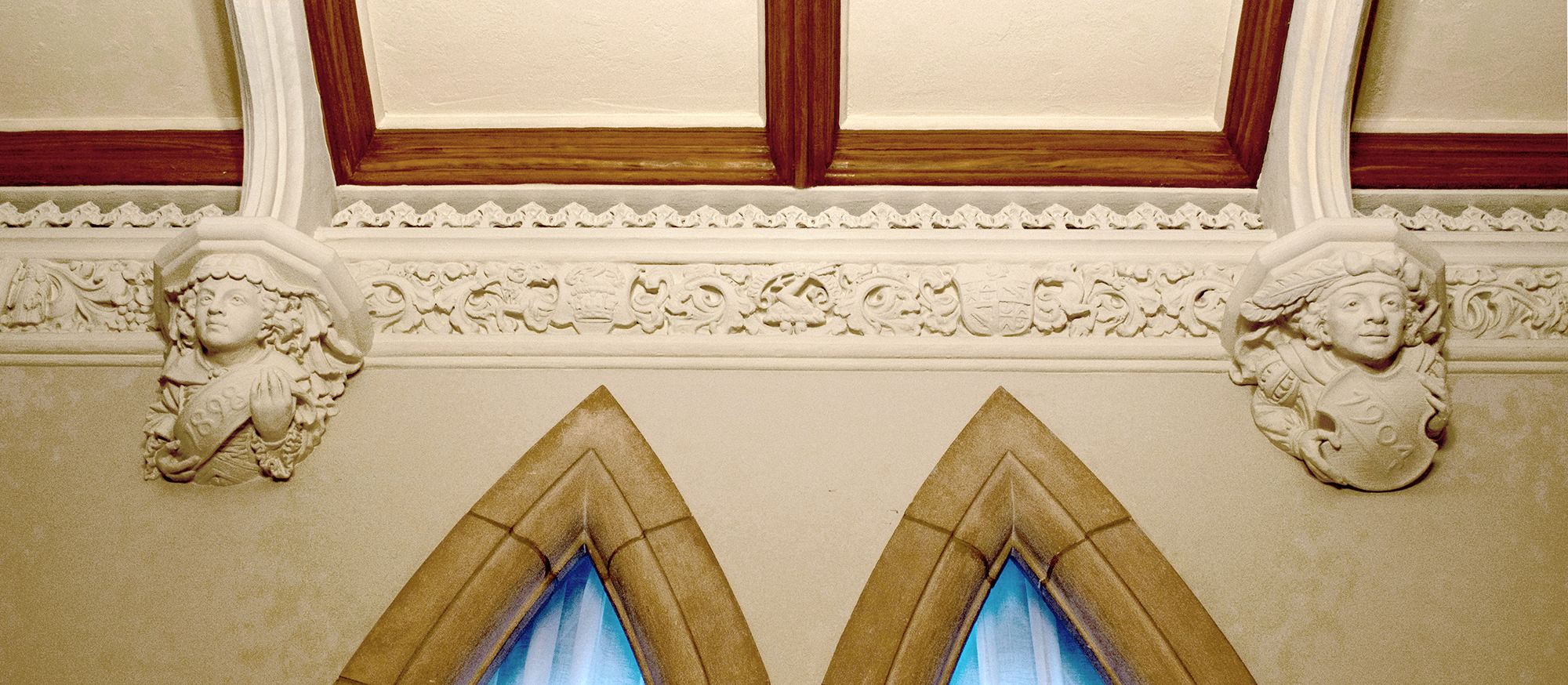
The Speaker of the Senate’s chambers are a treasure trove of carvings, inspired by the art of the late Middle Ages, that connect the Senate to 800 years of British parliamentary tradition.
They reinforce the upper chamber’s ties to the United Kingdom and the monarch. One prominent example is a plaster cornice displaying the coats of arms of Canada’s first 12 governors general. It links three adjacent rooms and spans nearly 40 metres. You might wonder why so much real estate would be devoted to the credentials of the monarch’s representative in Canada.
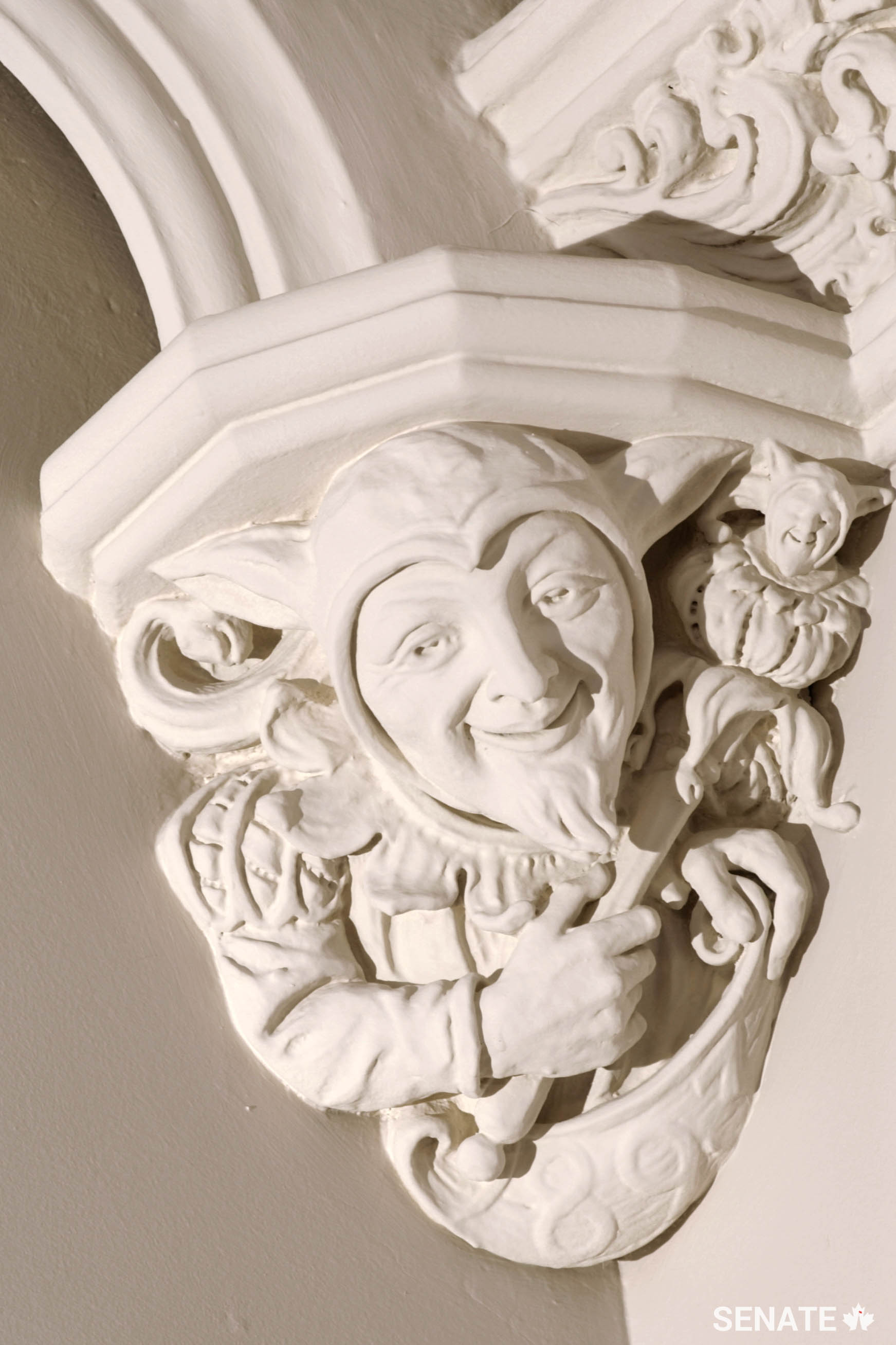
It certainly helps make a good impression on guests. This suite, which includes a stately dining room that can seat 24 guests, was built in the 1920s for the Senate Speaker. The upper chamber’s presiding officer regularly hosts foreign leaders, government officials and Canadians from across the country in his role as a parliamentary diplomat. These rooms are also available to the monarch or governor general when they receive guests on the Hill.
In the late 19th and early 20th centuries, a diplomat’s status was measured in no small part by birth and lineage. The governor general was, without exception, a British aristocrat, appointed by the monarch on the advice of the British prime minister. Foreign guests, admiring the furnishings around them, could not help but be impressed by such a display of aristocratic prestige.
Canada’s first governor general, for example, had impeccable credentials. Sir Charles Stanley, fourth Viscount Monck, belonged to a venerable family descended from Guillaume Le Moyne, a Norman nobleman who reportedly fought alongside William the Conqueror at the Battle of Hastings in 1066. The coat of arms on display here has been used by the Monck family since the early 1500s.
Some families could trace their emblems to the very beginnings of the tradition in the 11th century. The devices, emblazoned on shields and armour, originally identified knights on the battlefield. They eventually became hereditary; aristocratic families were granted exclusive rights to display coats of arms in the 13th century.
To safeguard this privilege, English kings authorized officials, called heralds, to supervise the granting of coats of arms. Those agencies survive in today’s College of Arms of the United Kingdom and the Canadian Heraldic Authority.
The last coat of arms in these rooms represents Lord Byng, who served as governor general until 1926.
The influence of British peers waned after the First World War. The Canadian government bypassed Westminster and began to recommend vice-regal candidates directly to the monarch. In 1952, Vincent Massey became the first Canadian-born governor general. He was succeeded in 1959 by Georges Vanier, the first French-Canadian governor general.
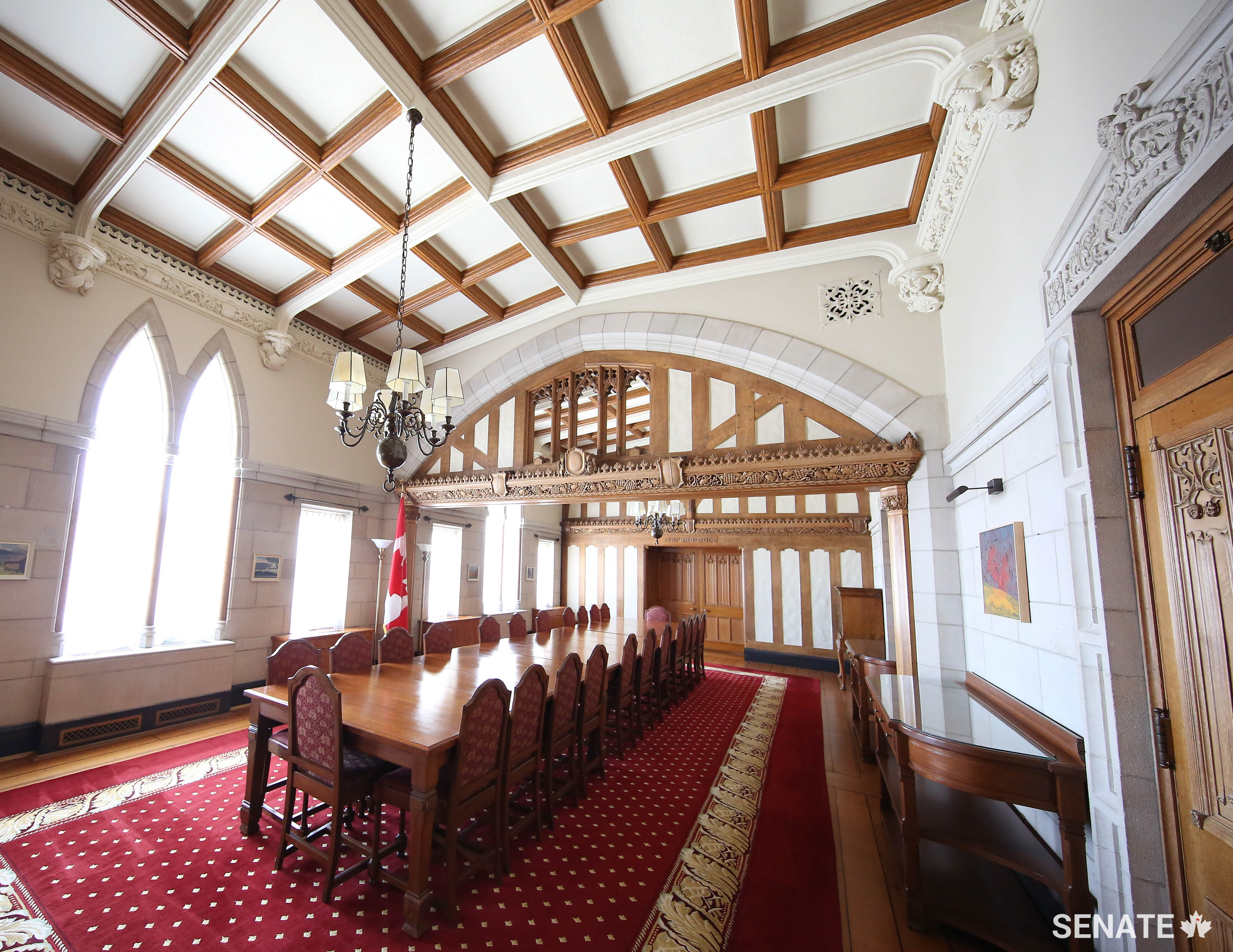
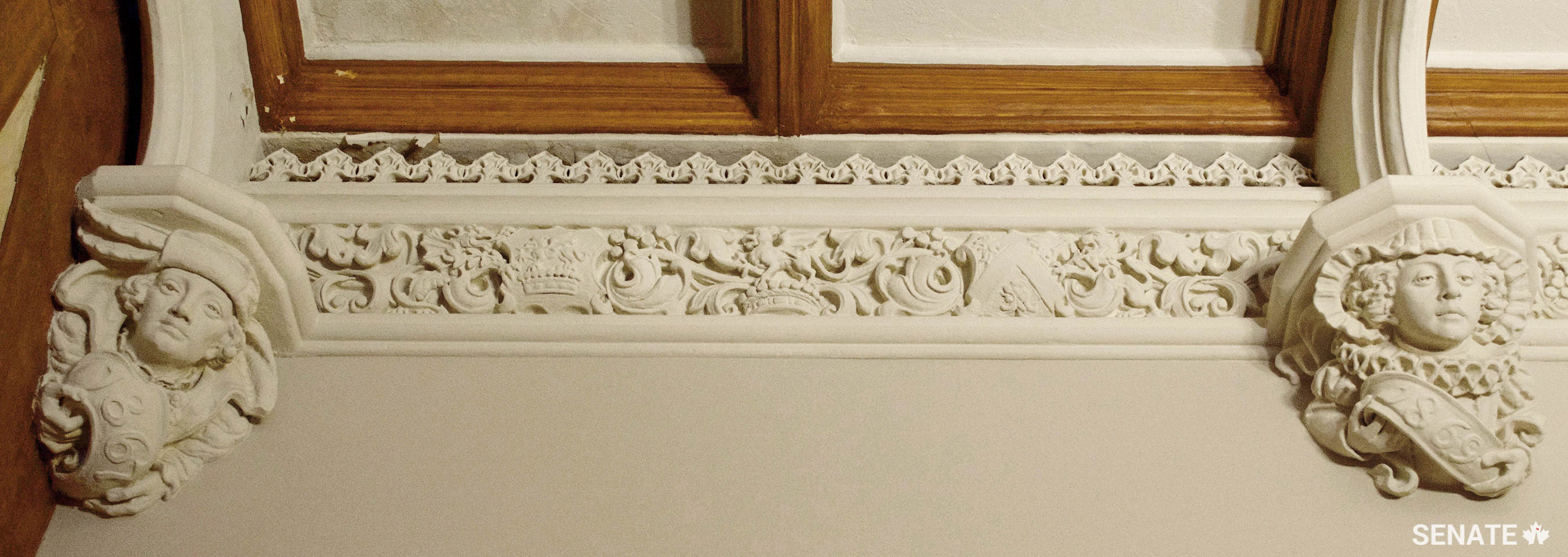
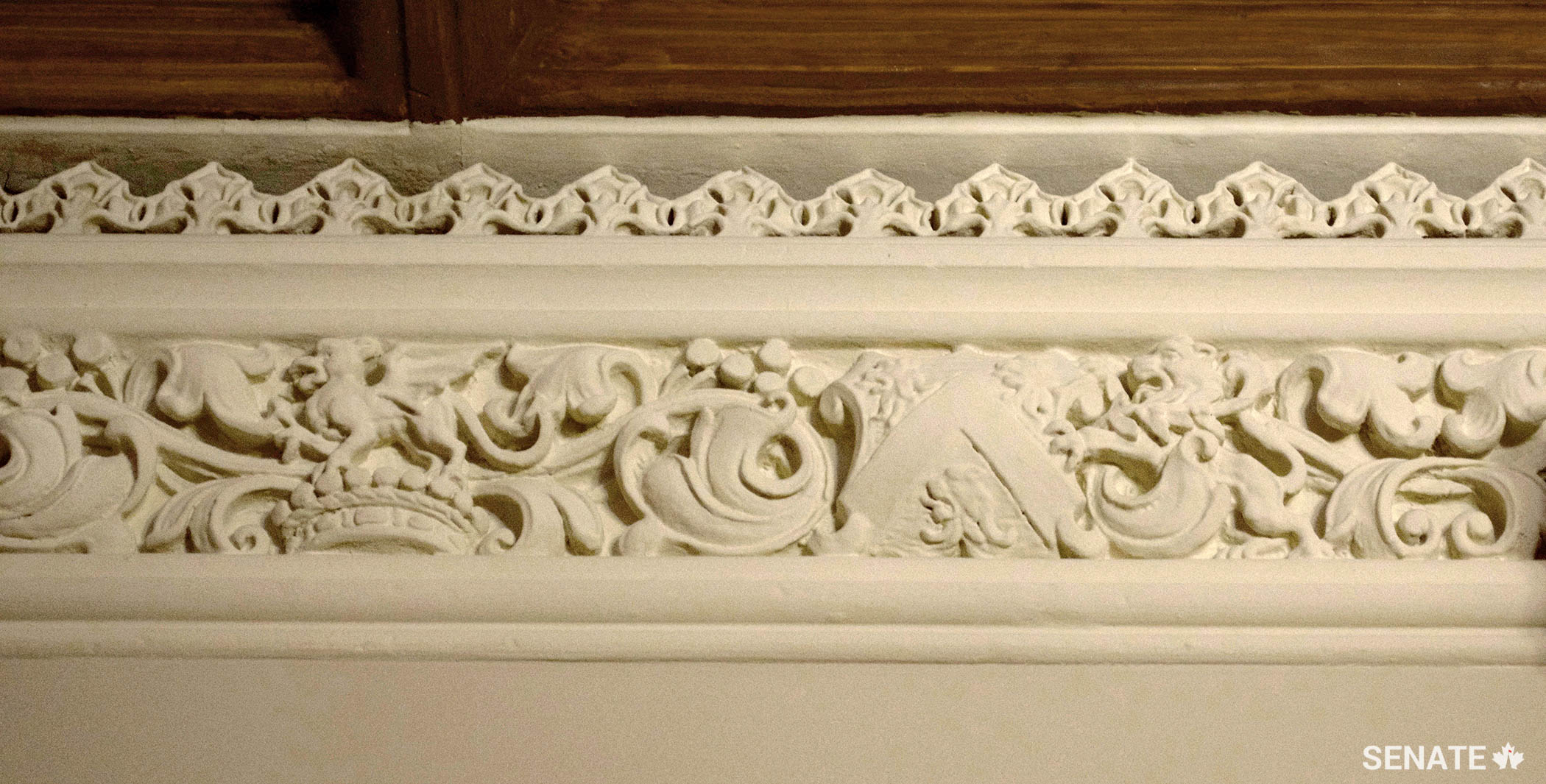
“The emblems in these chambers reflect centuries of tradition,” said Speaker of the Senate George J. Furey. “While some may seem quaint or outdated to us today, these carvings trace the evolution of our country while reminding Canadians of our deep foundations in the past.”
Explore the heraldry in the Senate Speaker’s chambers — and the rest of the Senate — by taking the Senate Virtual Tour.


